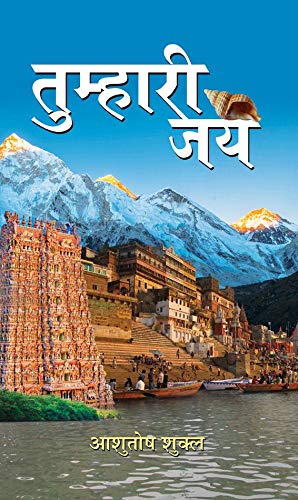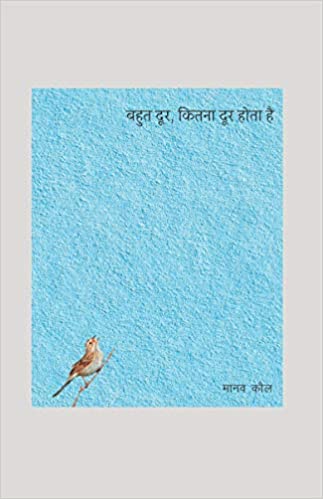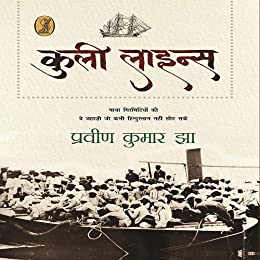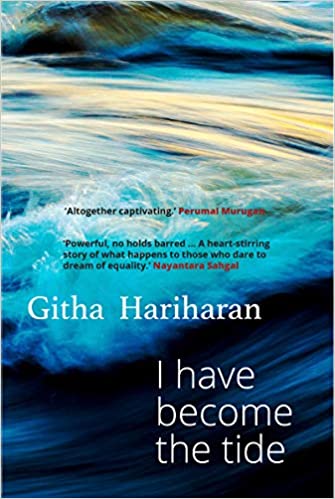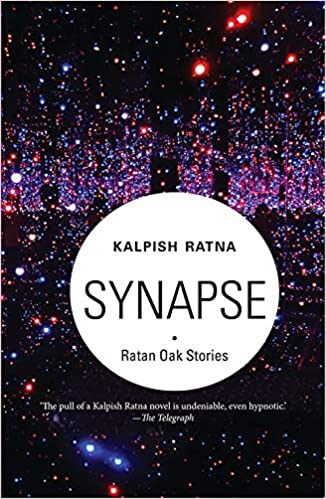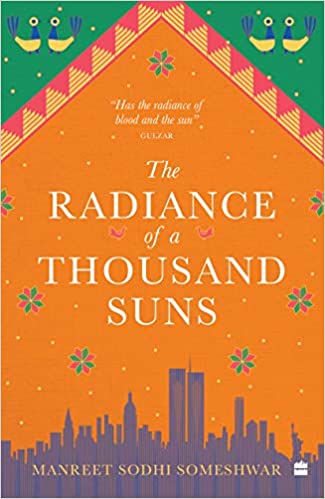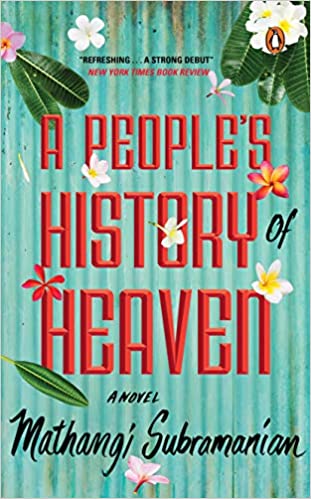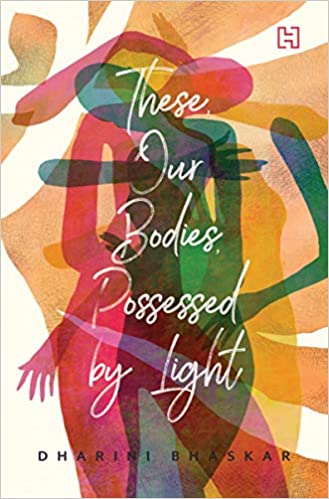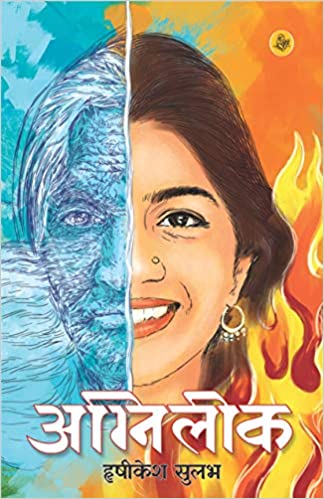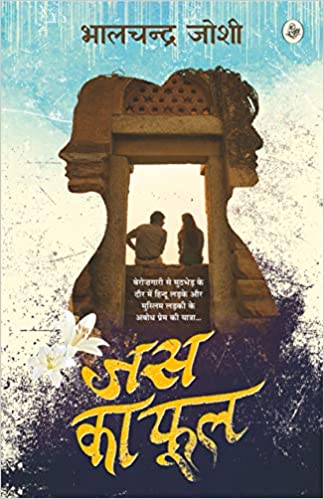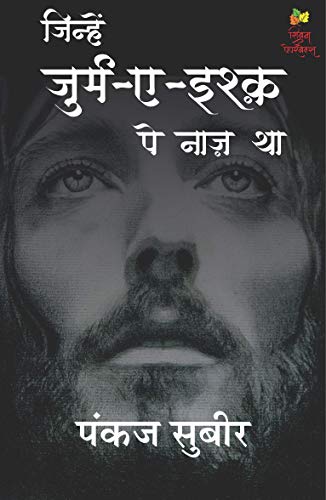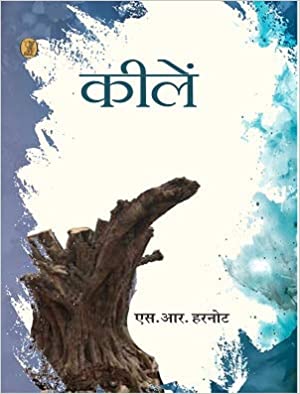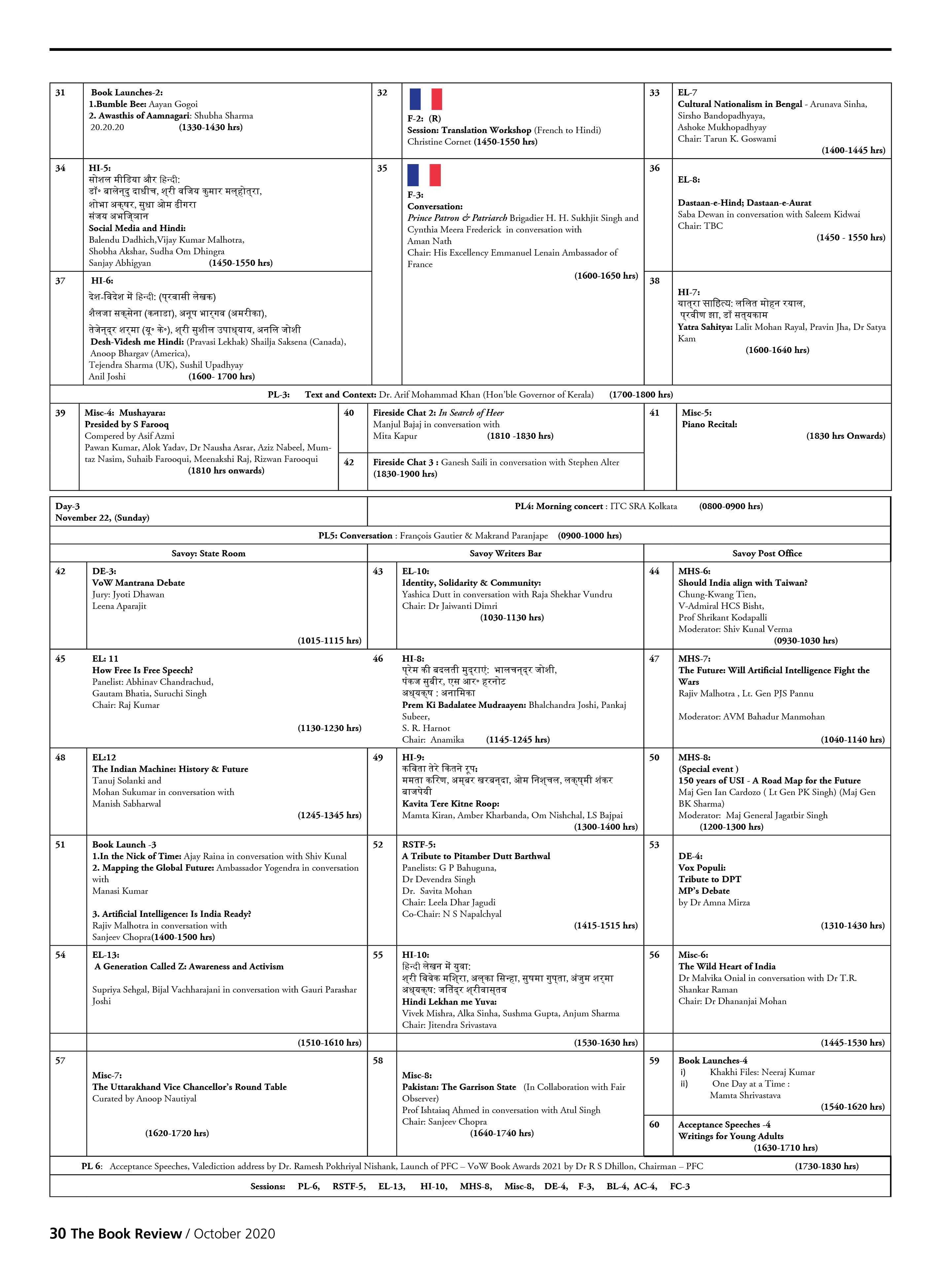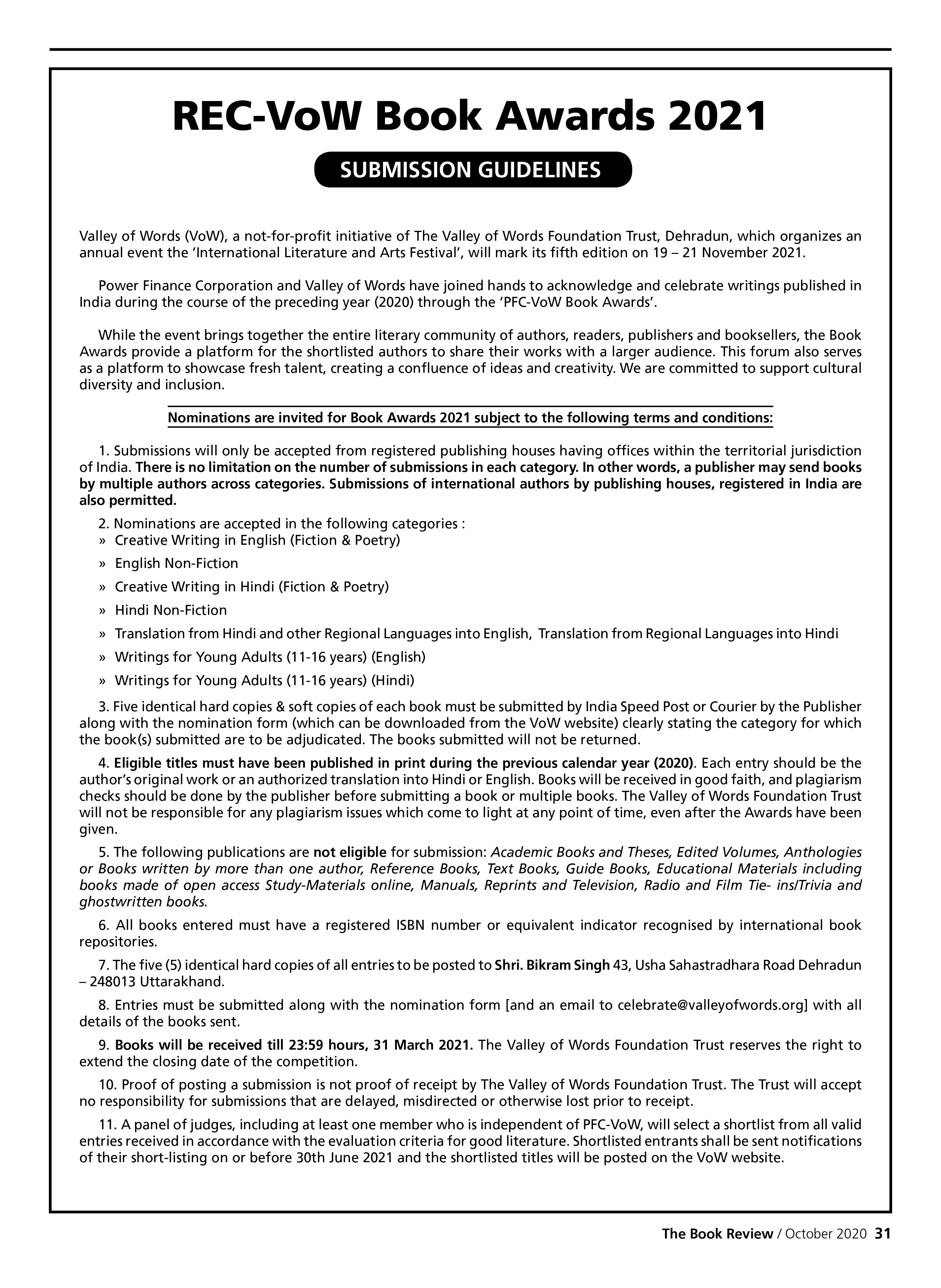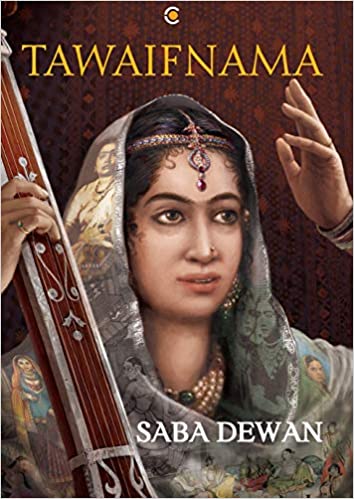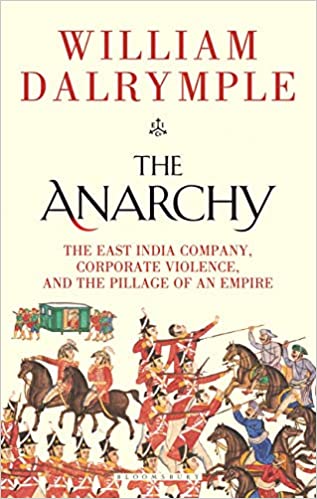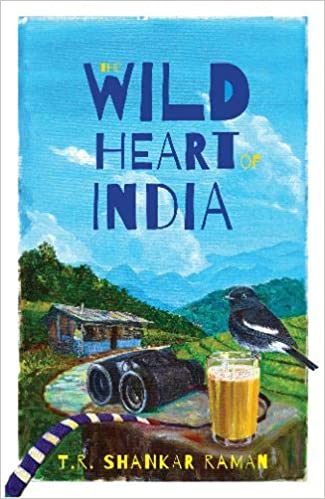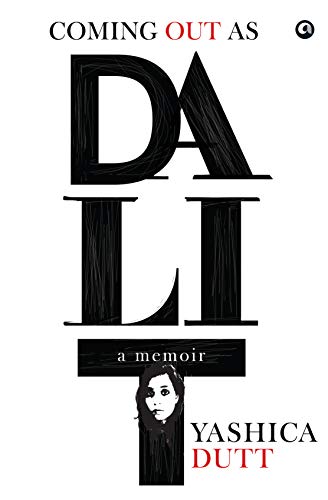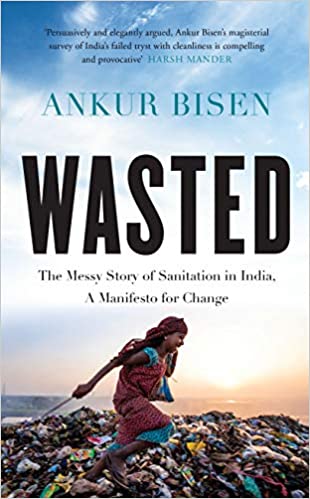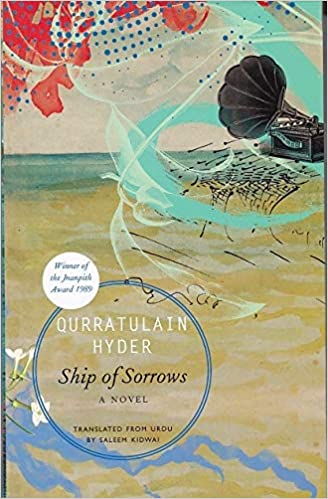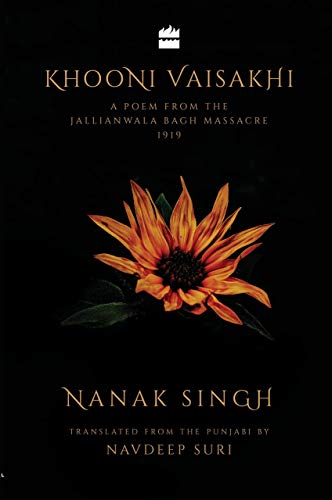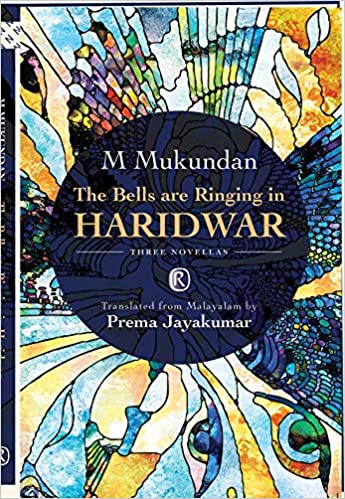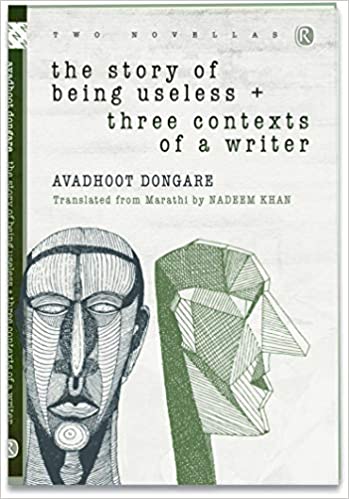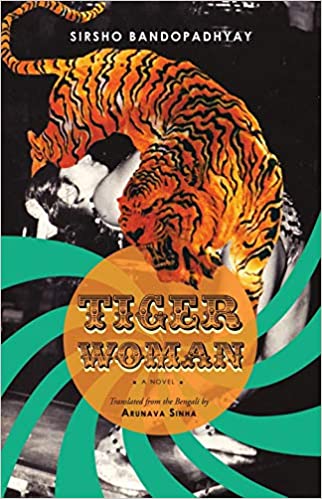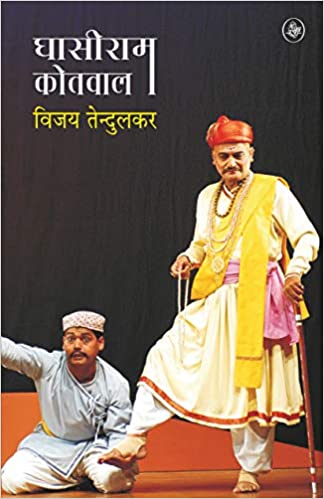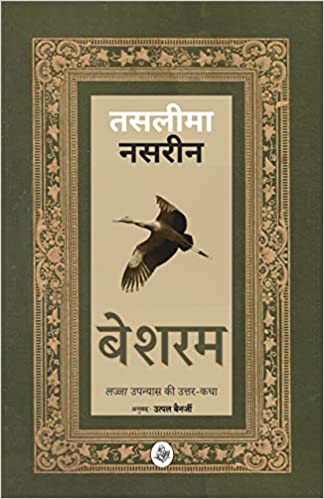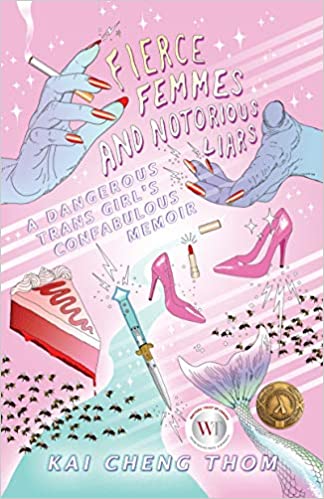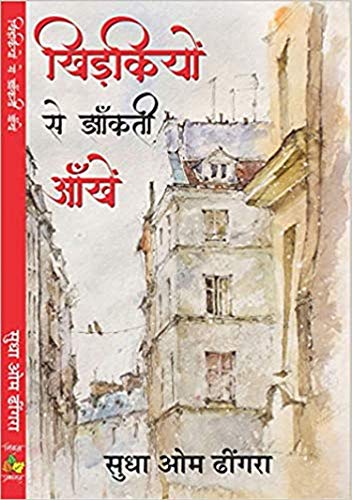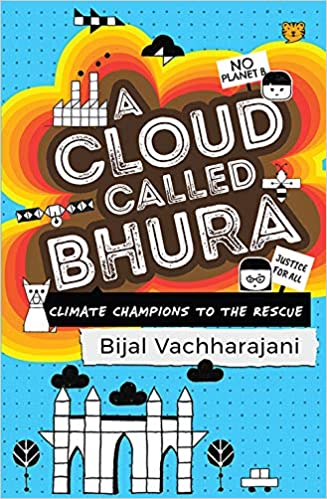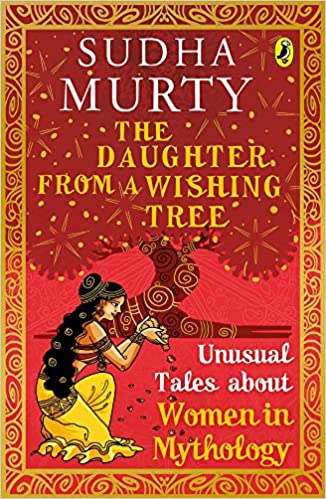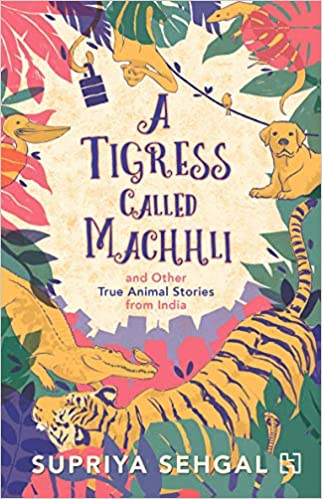Archives
October 2020 . VOLUME 44, NUMBER 10The title of this novelistic memoir written in Hindi is a variation on a formulaic puranic phrase which was used to start stories and legends; it means, ‘Here begins the tale of Prayag’. This little Sanskrit flourish is apt for a story set in a hallowed city long.
2020
In these volatile times, when every word written is scrutinized for any hint of religious fundamentalism, it is difficult to assess a book like the present one. Its very title is bound to raise the hackles of those who read anything that has the word ‘Jai’ in it with the Pavlovian…
Manav Kaul is not a regular writer in a sense, so one can call him a Sahityakar in Hindi. He has a creative mind and experience of working in the vast field of theatre, cinema and allied arts, including writing. It makes him a perfect artist. He writes stories and poems…
2019
Gyan ka Gyan is a multi-nodal intervention in the academy of Vedic studies, or Vedic ontology to be precise. The Vedas, Rigveda, Samveda, Yajurveda and Atharvaveda, in that order, are one of the most ancient sources of knowledge. From the four Vedas essentially .
2019
Coolie Lines is an extensively researched non-fiction which narrates the untold saga of migration. Around two hundred years ago, the British had sent millions of Indians as indentured labourers to countries like Mauritius, Fiji, Surinam, Trinidad and South Africa.
Can the centuries old song of a humble washerman, Chikkiah, speak to us in contemporary India today? If that song could be heard today, how would we comprehend the world which shaped the song? Would we hear the echo of Chikkiah’s struggle for freedom and be able.
Synapse: Ratan Oak Stories is my first encounter with the fictional world of Kalpish Ratna, about whom frankly I knew nothing before this book came to me. Their works ‘explore the interface between science and humanities’. Ratan Oak and Ramratan Oak, his grandfather.
In July 1947 an accomplished lawyer from England made his first, and only, visit to India. When he left after five weeks he left behind a boundary line which created two new countries. The Partition would result in the largest communal massacre and human migration.
When I began reading this novel, I realized the novel gave access to its readers into the lives of those living in the slums of Bangalore. Two books that I had read years before, came to my mind: Shantaram, a 2003 novel by Gregory David Roberts that depicted.
Richard Sike’s achingly beautiful poem ‘Scheherazade’ lends not just its breathtaking lines, scattered through Dharini Bhaskar’s consummate debut novel, but also its unique style—half facts, half metaphors, half desires and half fantasies—to mesmerize her readers.
Reading Anamika is like getting back to a world of memories, fun filled laughter, aspirations of a young adolescent female who enjoyed being in the company of trees and streets, books and beats. Anamika is a recipient of several literary awards like the Kedar Samman in 2007.
2019
Many novels portray changes which have occurred in different periods and their impact on the lives of various sections of society. The novel Maila Aanchal by Phanishwar Nath ‘Renu’, for example, depicts the changes in grassroots politics, contestation of moral values…
2019
Bhalchandra Joshi’s Hindi novel Jas Ka Phool (2019) addresses the contemporary shifts in India, particularly linked to the issues of communal conflicts and urban imagination, which are incessantly reproducing/negotiating/challenging narratives.
Pankaj Subeer’s novel Jinhe Jurm-e-Ishq pe Naaz Tha is a colossal project that seeks to set right the religio-cultural, political and historical violations of the last five thousand years of human civilization. The novel centres on the narrative of Rameshwar.
2019
Keelein (Nails), a collection of short stories, reaffirms SR Harnot’s merit as an important literary and political voice from Himachal Pradesh. Deeply rooted in the contemporary milieu, the collection brings together one previously unpublished story and six stories.
2019
Tawaifnama is born out of Saba Dewan’s trilogy of films on ‘stigmatized’ women performers. The book is a chronicle, a history of different generations of a well-known tawaif family that had its origins in Banaras and Bhabua. The author through the stories of the family.
In September 1499 Vasco da Gama returned to Lisbon, having successfully travelled to Malabar via the Cape of Good Hope route. A century later, a group of London merchants launched the trading venture, which was to grow into a giant modern corporation, the East India Company (EIC).
Who is TR Shankar Raman, the author of The Wild Heart of India? This is not a question I ask, it is a question that the author himself is confronted with as he chances upon an old essay written as a schoolboy while visiting his childhood home in Mylapore, Chennai.
Yashica Dutt’s compellingly gritty tale offers points of identification for probably scores of third or fourth generation Dalits today, who are ‘new’ arrivals in public/professional spaces, as well as those from other marginalized, minority communities.
Ulrich Beck in his much-acclaimed book Risk Society: Toward a New Modernity throws light on the consequences of a wide range of hazardous and deadly risks of a highly industrialized and urbanized society. He further elaborates that modern risks are not restricted to place or time.
Ship of Sorrows is the English translation of Qurratulain Hyder’s second novel, Safinae Ghame Dil (1952) written during the tumultuous years in Pakistan immediately following the Partition of the country. It is regarded as a sequel to her first novel, Mere Bhi Sanamkhane written.
Writers and poets have always taken note of history. Sometimes, when history is exceptionally brutal and bloody, the poet may fall silent but the prose writer is compelled to pick up his pen, and sometimes it is the reverse. Some events shake the conscience of thinking.
Mukundan’s latest offering in translation is a collection of three novellas—the eponymous long novella and two short ones. But these are not new stories; on the contrary they are pretty old ones written in the late 1960s and early 70s. They have been introduced to the English reading public some fifty years later in an interesting translation by Prema Jayakumar.
The story of being useless + three contexts of a writer is a translation of two Marathi novellas by a young writer, Avadhoot Dongare.
Nadeem Khan who has translated these two novellas into English needs to be congratulated on his choice of the texts as they introduce the readers of English translations of regional.
2019
Few historical epochs of India have drawn as much attention as nineteenth century Bengal. Hailed as the time of birth and growth of Bengali nabajagaran or ‘renaissance’, the period (extending until early twentieth century) unceasingly reminds us, and the Bengalis.
2019
The accepted wisdom about Vijay Tendulkar’s plays is that they are about power and violence. Well, are they? Think of his ‘violent’ protagonists—Sakharam (in Sakharam Binder), Ramakant (Gidhade), Ghashiram (Ghashiram Kotwal), Benare’s prosecutors (Shantata! Court Chalu Ahe).
As lecturers and critics, we routinely perform the delicate task of establishing and reinforcing the boundaries which mark our disciplinary engagements. What, for instance, is life writing as opposed to bildsungroman? At which stage do novellas become novels? What distinguishes.
From the very beginning, Vaikom Muhammad Basheer’s writing grips you. The very first story in the collection declares itself as a love story. Not only that, the narrator of this story does so by directly asking the readers a simple question: ‘Aap logon mein kisi ne Deewaarein.
An ardent Punjabi, having lived all my life outside of the Punjab, I am delighted to have been given such an evocative tour de force in Avtar Singh Billing’s novel Khali Kuon ki Katha. This book is my first experience of having effectively entered into rural Punjab.
When the characters the author weaves in Lajja take a shape of their own in the sequel, readers are taken into a journey beyond the political realm of Lajja to the social and emotional realms. Besharam takes the story of Lajja forward in a way where the author delves.
Gender-based violence has taken many forms. One of the worst depredations has been reserved for the transgender community. Awareness about varying gender identities have increased, but mistreatment has not necessarily reduced. Fierce Femmes and Notorious Liars.
There are hardly any women fiction writers in Hindi other than Nasera Sharma who knows Farsi and draws from it a refined sensibility required by a writer to tell tales of human aspirations and suffering. Having written more than twelve novels, nine collections of short stories.
Sudha Om Dhingra is an Indian diasporic writer from Jalandhar, Punjab who currently resides in North Carolina, USA. The book under review is a stirring anthology of short stories titled Khidkiyon se Jhaankti Aankhein. In the eight vignettes included in the anthology.
Mumbai City is arrested by a sooty grey haze with toxic gases swirling around the skyscrapers in a sinister intention to stay. No one knows where it came from but it appears something like an eclipse casting a dark shadow over the city of dreams. The twitter trends.
The Daughter from a Wishing Tree is the fourth in a series of books by Sudha Murty on unusual tales from Hindu mythology, this volume is the only one that focuses on women in mythology. Sudha Murty writes in the Preface that she was ‘disappointed and disillusioned’ to find that.
As someone who has never been drawn to reading non-fiction personally, I think the idea of a collection of true stories about Indian animals is still something that is intriguing enough to make me want to pick up the book. Supriya Sehgal doesn’t disappoint.



